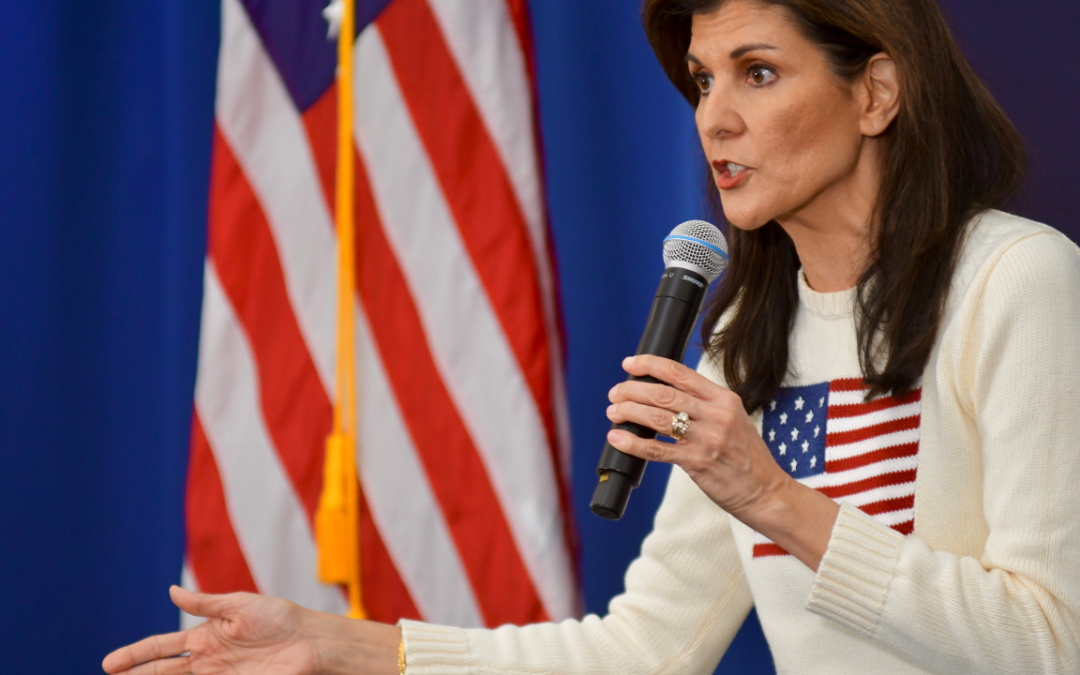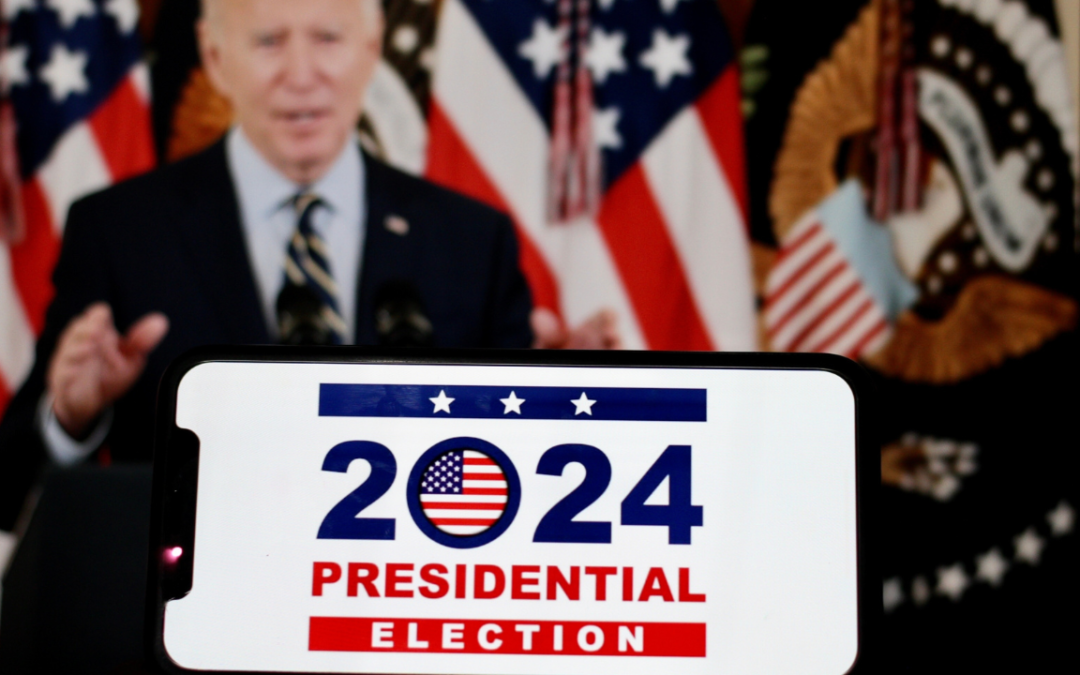Originally published at Project-Syndicate | Mar 1st, 2024
After 15 years of planning and preparation, Ghana is poised to offer carbon credits to buyers in the Global North, who, facing accusations of “greenwashing,” are eager to demonstrate their commitment to fighting deforestation. But, given high returns on illegal logging and mining, the current prices are too low.
ACCCRA – Over the past few years, intense media scrutiny has prompted a growing number of companies to pursue high-quality carbon credits. Seeking to avoid accusations of “greenwashing,” many of these firms are no longer content with merely offsetting their emissions and have been actively seeking credits that deliver tangible benefits to local communities.
The Ghanaian government is prepared to help. We have devoted more than 15 years to developing a robust forest-conservation program. After extensive planning and preparation, we are ready to offer high-integrity credits to buyers in the Global North who are eager to demonstrate their commitment to fighting deforestation.
To be sure, several forest-protection schemes have come under fire in recent years. Critics argue that instead of reducing deforestation, these offsets are primarily aimed at serving the interests of corporations seeking carbon credits to meet their climate targets and validate their claims of carbon neutrality.
But jurisdictional programs like Ghana’s are different. Designed to reduce emissions from deforestation and forest degradation, these initiatives cover vast areas while addressing some of the problems facing individual projects. For example, they mitigate the risk of illegal deforestation outside of designated conservation zones.
The concept is not new. Article 5 of the 2015 Paris climate agreement encourages developed countries to offer results-based payments to developing countries for achieving emissions reductions. Over the past two decades, jurisdictional forest-protection efforts have been largely funded by public donors, while corporate support has flowed toward specific emissions-reduction projects through the voluntary carbon market. But this is now changing, and countries like Ghana are leading the way.
Ghana’s High Forest Zone, located within the Guinean Forests of West Africa, is recognized as one of the world’s 36 biodiversity hotspots. In 2008, an alarming increase in deforestation rates prompted the Ghanaian government to join the Forest Carbon Partnership Facility (FCPF) and develop its forest-conservation program with the goal of harnessing carbon finance to halt and reverse deforestation.
With financial support from the FCPF, the World Bank, and the Green Climate Fund, we identified five critical commodity-linked areas for intervention. Through community engagement, our teams devised benefit-sharing strategies tailored to the diverse needs of various stakeholders. They also developed specialized measurement technologies, enabling more accurate monitoring of the carbon stored in Ghana’s forests.
After spending nearly two decades laying the necessary technical groundwork and establishing relationships with local communities, Ghana recently entered the voluntary carbon market. We are preparing to issue jurisdictional carbon credits through the Architecture for REDD+ Transactions (ART) process, thereby enabling domestic and international companies to support our conservation efforts.
Our objective is to transform carbon credits into a long-term revenue stream. To this end, Ghana recently became one of the first countries to sign an emissions-reduction agreement with the Lowering Emissions by Accelerating Forest Finance (LEAF) Coalition. As part of the deal, Ghana is set to receive $50 million for reducing carbon dioxide emissions by up to five million tons.
While buyers in the Global North may view carbon credits as instrumental in meeting their climate targets, in Ghana, they represent a more profound shift. The revenue generated from these credits translates into tangible income for local communities, enabling households to benefit financially from forest preservation. These credits are more than a financial resource; they are a testament to years of dedicated work and commitment to environmental stewardship.
But for this program to be effective, buyers must recognize that integrity and impact require substantial investment. High-quality credits should do more than bolster corporate climate strategies; they should also contribute to preserving the world’s forests.
In essence, this means providing communities with financial incentives to conserve trees instead of cutting them down. While the LEAF agreement, which values CO2 emissions at $10 per ton, represents a positive first step, it is not enough, because the returns on illegal deforestation are higher.
Given that carbon pricing appears to have been designed by and for those on the demand side, Global North buyers should consult countries like Ghana to understand the true cost of producing high-integrity credits. Based on our extensive experience fighting deforestation, prices should account for the necessary preparatory work and, crucially, exceed the rates paid to illegal loggers and miners.
Carbon credits are not like aid funds, which are distributed by donor countries according to their own assessments of what they can or should give. Rather, they are payments for emissions reductions that issuers like Ghana have worked hard to achieve – and that are crucial to limiting global warming to 1.5° Celsius. Potential buyers should visit, see for themselves the challenges we face in fighting deforestation, and then discuss pricing that reflects the real value of our accomplishments.
Roselyn Fosuah Adjei: Is Climate Change Director at Ghana’s Forestry Commission and National REDD+ Focal Point for Ghana.



